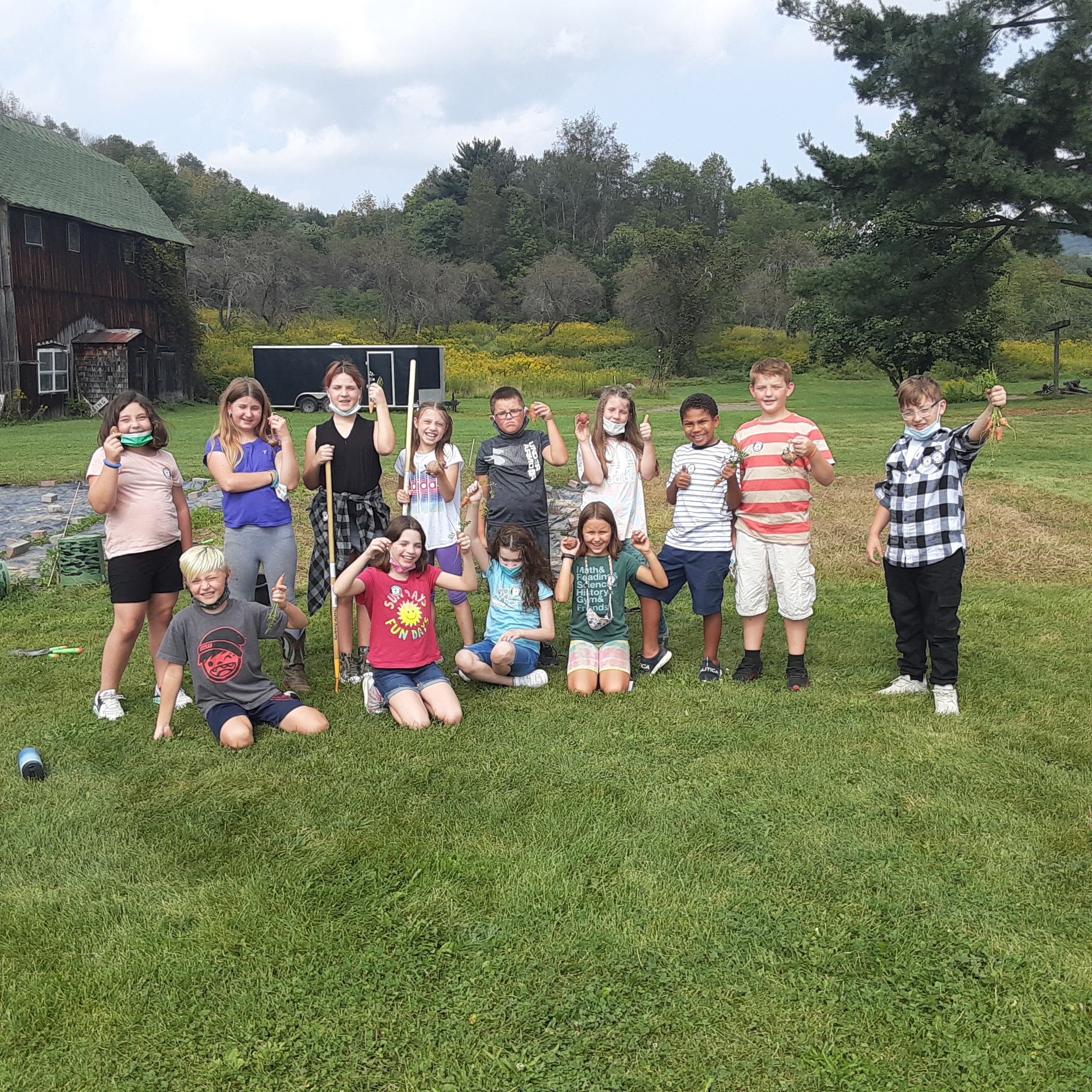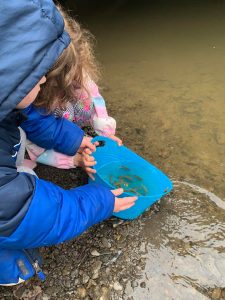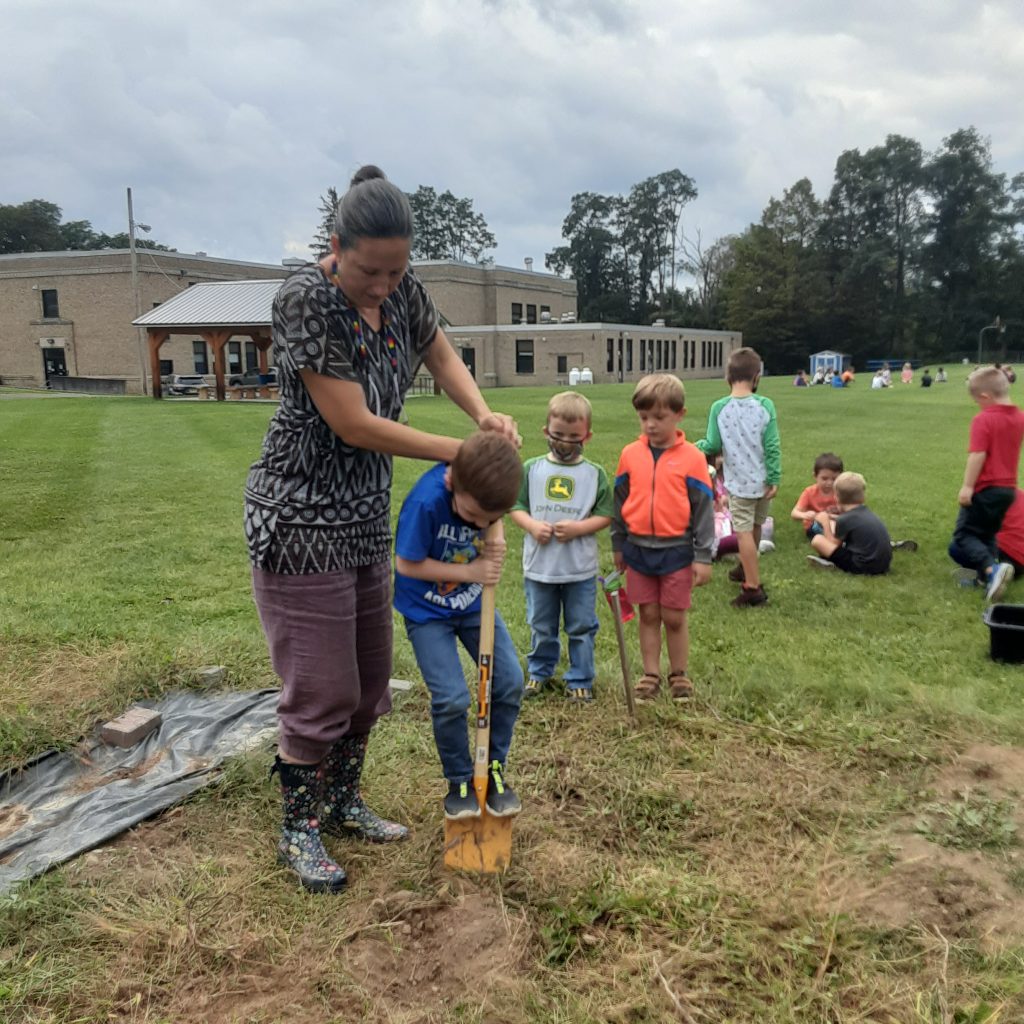School Spotlight: Truxton Academy’s farming-based curriculum cultivating environmentally conscious future community leaders

 Truxton Academy Charter School is unique among SUNY’s educational portfolio. Located in the small town of Truxton in Central New York, the school stands as the state’s only rural charter, emphasizing project-based learning and strong, farming-based field lessons that teach critical and creative thinking and help forge a bond between young students and their local communities.
Truxton Academy Charter School is unique among SUNY’s educational portfolio. Located in the small town of Truxton in Central New York, the school stands as the state’s only rural charter, emphasizing project-based learning and strong, farming-based field lessons that teach critical and creative thinking and help forge a bond between young students and their local communities.
“Truxton Academy is a special and unique place for students to learn,” says Sara Petit-McClure, Head of School. “Our project-based approach to learning helps students make connections between disciplines and to the real world, as well as has elements of place-based education where we utilize the rich resources in our rural setting to help students learn the value of the area in which they live and the natural environment around them.”
The school, which currently serves 95 students in grades K-4, weaves agriculture and farming-based concepts into its curriculum in a variety of creative ways. In one third grade class, students focused on learning how to create the “perfect environment for a chicken to live.” The classroom incubated a handful of eggs, thirteen of which eventually hatched. Third grade students learned how to care for and feed the chickens through a unit focused on the chicken lifecycle. The project culminated with these students teaching kindergartners and 1st grade students what they learned about chickens.
“Project-based learning is really problem solving,” says Jennifer Hull, Student Achievement Coordinator. “It gives students a chance to apply that knowledge and gets them invested in their learning.”

Field lessons also provide an opportunity for students to participate in hands-on learning and engage with the local community. The SUNY College of Environmental Science and Forestry (ESF) helped create a nature trail on Truxton’s campus and staff members visited with students to help them with tree identification. In another unit, students gathered in a small green school bus to visit a local maple syrup farm, where SUNY ESF experts offered a tour of the sugar bush to accompany a lesson a parent volunteer gave on the traditional methods for collecting syrup and the indigenous people that created the process. This parent also came and helped the students tap three of their maple trees on the school grounds. In yet another unit, 2nd grade students visited a fish hatchery at SUNY Morrisville and the college supplied the school with trout eggs, which the students raised within a large aquarium located in the school’s front hallway. Truxton secured a permit and in early May, the students released the trout into Labrador Creek, a local Department of Environmental Conservation fishing access site. Other lessons include activities tied to dairy production (again, at SUNY Morrisville) and snowshoeing.
The “hands-on” theme is also instrumental within the classroom setting. In one “Makerspace” classroom we visited, 1st grade students read through “Can I Play Too?” by Mo Willems, a book about friendship in which the two title characters, Elephant and Piggie, meet a new snake friend who wants to join them for a game of catch. After the read through, the students took to sheets of paper to design inventions that “would help Snake catch a ball” before creating a 3-D model out of Play-doh, which they shared with the class. In another, 2nd grade students listened attentively to a reading of Ms. Rumphius by Barbara Cooney, a book about fulfilling childhood hopes and journeying the world. They then broke off into groups, with a handful of students working on responses to how they would “make the world more beautiful,” while the other group took a more literal approach, planting edible flower seeds – Marigolds, snap dragons, and calendula.
Parents and outside volunteers also play an active role in the education program, with Truxton pulling on their strength and knowledge. The board set up an ad hoc “Rural Life Lab” committee run by two parents that provides a space for those with specific expertise related to gardening, farming, and other agricultural matters, to take the lead on some project-based learning lessons, coordinate and collaborate with teachers and create a knowledge base of resources.

Truxton’s 3rd and 4th Grade students also participated in the New York Agriculture in the Classroom’s Top Beef Contest, which requires students to work with their school’s food service team to dream up a beef-centric recipe and create promotional materials. (The contest also included an educational curriculum on raising cows, food procurement and nutrition.) Truxton invited preservice teachers pursuing careers in agricultural education from nearby Ithaca College to visit the school last fall to assist students with their ideas. The third-grade students finished in 2nd place in the elementary division with their locally produced “burger boogie bar” while the 4th grade class took home top honors for their “roasty toasty pizza.” There were 67 total submissions submitted from across the state, which were judged by a panel of beef producers and industry experts.
“The kids loved it,” said Ms. Maydsen, the school’s third grade teacher. “We had college students come to work with groups of kids and we aligned it with the science curriculum.”
On the day of the visit, the school served up the 3rd grade’s award-winning burgers for lunch, with the 3rd grade students helping to prepare and serve the food. As is typical of all lunches at Truxton, the beef and cheese came from in-town producers, while the lettuce (which the 2nd grade students harvested that morning) was grown in the school’s indoor hydroponic grow towers.
“Our goal is to use locally produced ingredients or those grown here at the school in our gardens,” said Ashley, Truxton’s School Chef, who works with an offsite nutritionist to plan out the menu.
As you can imagine, the food tasted great. Knowing that the food was locally sourced and, in some cases, grown and harvested by the kids, only added to the experience.
“We are creating stewards of the environment and responsible citizens,” said Hull.
And perhaps, a generation of young people ready and willing to take the lead on the great environmental challenges of today – and tomorrow.

